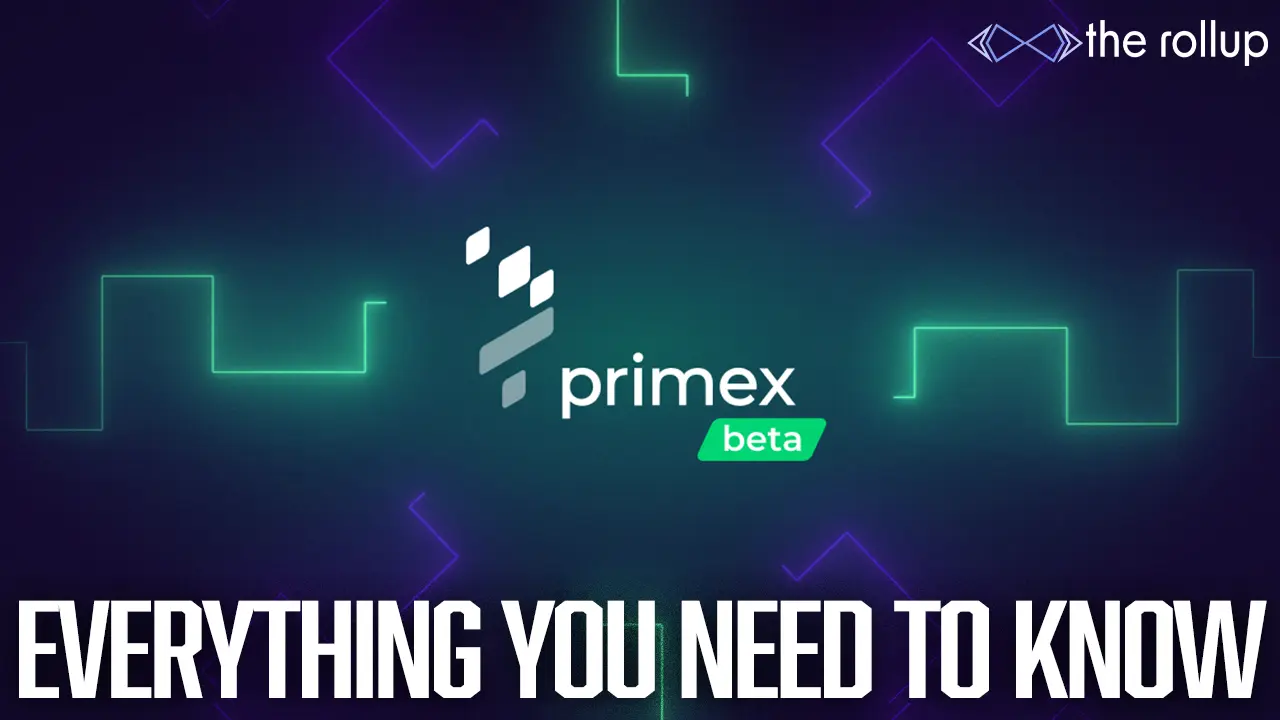Breaking down simple-to-understand crypto lingo
DeFi Slate Family:
The crypto world is ours to grab by the horns.
But there is one fundamental barrier that is making it increasingly harder day in and day out.
Complexity.
We feel smart by using big words and tough to understand concepts in DeFi.
This is a huge obstacle for new investors to get over.
We must simplify the complex. We must prioritize convenience and ease of use over returns and cool lingo.
We invite you to peruse through the crypto and DeFi glossary for a quick primer on some important crypto terms!
Enjoy!
DeFi Slate Team

Altcoin: cryptocurrency that is an alternative to Bitcoin, basically any other cryptocurrency
Address: A string of text that designates the location of a particular wallet on the blockchain
ATH: The all time high value of a asset
ATL: The all time low value of a asset
Bags: A poorly performing portfolio of coins and tokens that one is holding
Breakout: when the price of an asset moves outside of the resistance area and goes up
Bull market: A term used to describe markets that are upward trending
Bear market: A term used to describe markets that are downward trending
Blockchain: decentralized, digital ledger that records transaction information about a cryptocurrency in chronological order
CeFi: short for Centralized Finance, the traditional financial system that we’ve been using for thousands of years and we’re just realizing now that it’s pretty bad
Coin: cryptocurrency that is independent of any other platform, which is used as an exchange of value
Cryptocurrency: A digital currency in which encryption techniques are used to regulate the generation of units of currency and verify the transfer of funds, operates independently of a central bank
DeFi: Short for Decentralized Finance
dApps: an abbreviation for decentralized applications, run on a peer-to-peer network of computers rather than one central computer
DEX’s: Decentralized exchanges, peer-to-peer exchanges that allows users to buy and sell crypto without a central intermediary present
DYOR: Acronym for “do your own research”, often encouraged to people who are going to blindly follow the hype of a asset
Decentralized Autonomous Cooperative (DAC): organization that’s controlled by shareholders rather than a central authority
Decentralization Autonomous Organization (DAO): System of hard-coded rules that define with actions a decentralized organization will take
Decryption: reverting an encryption process so unreadable date can be translated into readable, plain text
Dead Cat Bounce: Brief recovery in the price of a declining asset that is shortly followed by a downward trend, sometimes tricks investors into buying more
Dollar Cost Averaging: Investing fixed dollar amounts over regular periods of time, regardless of the price of the asset or how the market is doing
Dump: a term used to describe selling all or a large quantity of one’s cryptocurrencies
Ethereum (ETH): decentralized open source blockchain featuring smart contract functionality and is a very popular platform for DeFi applications due to it’s design
Fear of Missing Out (FOMO): feeling of fear or anxiety of missing out on a high profit opportunity
Fear, Uncertainty, and Doubt (FUD): a tactic used by others to spread fear and insecurity among customers, traders, or investors and make them sell
Gas: the pricing employed on the ETH blockchain to calculate smart contract operation costs and transaction fees
HODL: bitcoin talk for “hold”, or “Hold on for dear life”, keeping ownership of your assets and not selling
Initial Coin Offering (ICO): fundraising method in which new projects will sell their cryptocurrency to investors
Interoperability: allowing blockchains to be compatible with each other and build upon each other’s features and use-cases like lego pieces
Listing: the addition of an asset to an exchange
Liquidity: how easily it can be bought and sold without affecting the overall market price
Market Capitalization (MCAP): total number of coins in supply multiplied by the price
Margin trading: trading using borrowed funds, recommended for highly experienced investors
Mining: verification of transactions on a blockchain network, in which transactions are added as entries into the blockchain ledger, can earn cryptocurrency this way without buying it
Moon: an expression used to state that the value of a cryptocurrency is going to soar
Node: communicate with each other on the blockchain to ensure the security and integrity of the system
Peer-to-Peer (P2P): When 2 or more computers are connected and share workload or resources without relying on a centralized server
Pump and dump: strategy used by whales to drive the price of an asset up and create hype which drives the price even more, then they sell
Resistance: term used in technical analysis to describe when a price can’t get over a certain value over a period of time
Shit coin: a cryptocurrency that is considered shit. Doesn’t have a future and it’s value is nothing
Smart contracts: Automated contracts that trigger certain actions when predetermined conditions are met. Condition C needs to be met before money can be transferred from A to B.
Stablecoin: A cryptocurrency whose value is pegged to the US dollar and maintains a stable value
Support: term used in technical analysis for when a price that is decreasing finds “support” and doesn’t go down as much
Tokens: these are different from coins, they’re digital units issued on a blockchain, can hold value or be redeemed for assets
Technical Analysis (TA): method of forecasting the direction of prices through study and past market behavior
Trustless: No single entity has authority over the system and consensus is achieved between participants who do not have to trust each other
Total supply: refers to the total amount of coins of that cryptocurrency in circulation or locked somewhere else
User interface (UI): the interface where interactions between humans and machines occur, establishes how a user can interact with a machine
Volatility: describes how frequent the price shifts of an asset can be, how frequent the ups and downs are
Volume: measurement of the number of individual units of an asset that exchanged hands in a market during a given time
Whale: An individual or organization that holds a large amount of BTC or any cryptocurrency which allows them to impact the markets
Wallet: Used to send and receive cryptocurrencies, stores your crypto as well
Yield Farming: The act of leveraging DeFi protocols and products to generate high return rates
DISCLAIMER: Investing into cryptocurrency and DeFi platforms comes with inherent risk including technical risk, human error, platform failure and more. Please refer to our blog for more on mitigating your downside when using these protocols!
Subscribe to the DeFi Slate Newsletter & join dozens of crypto enthusiasts:
????Check Us Out On Twitter: https://www.twitter.com/defislate
????Podcast: https://www.youtube.com/playlist?list=PLT6WMYRb-Et52mkedghH8bzxKpbCNj6ta





